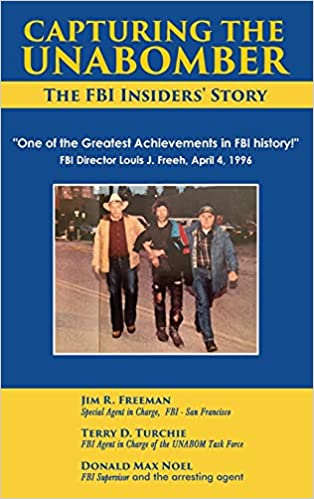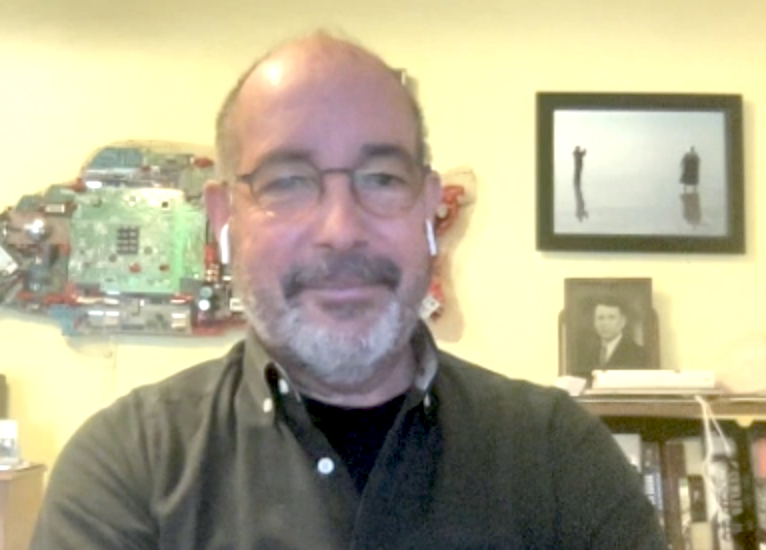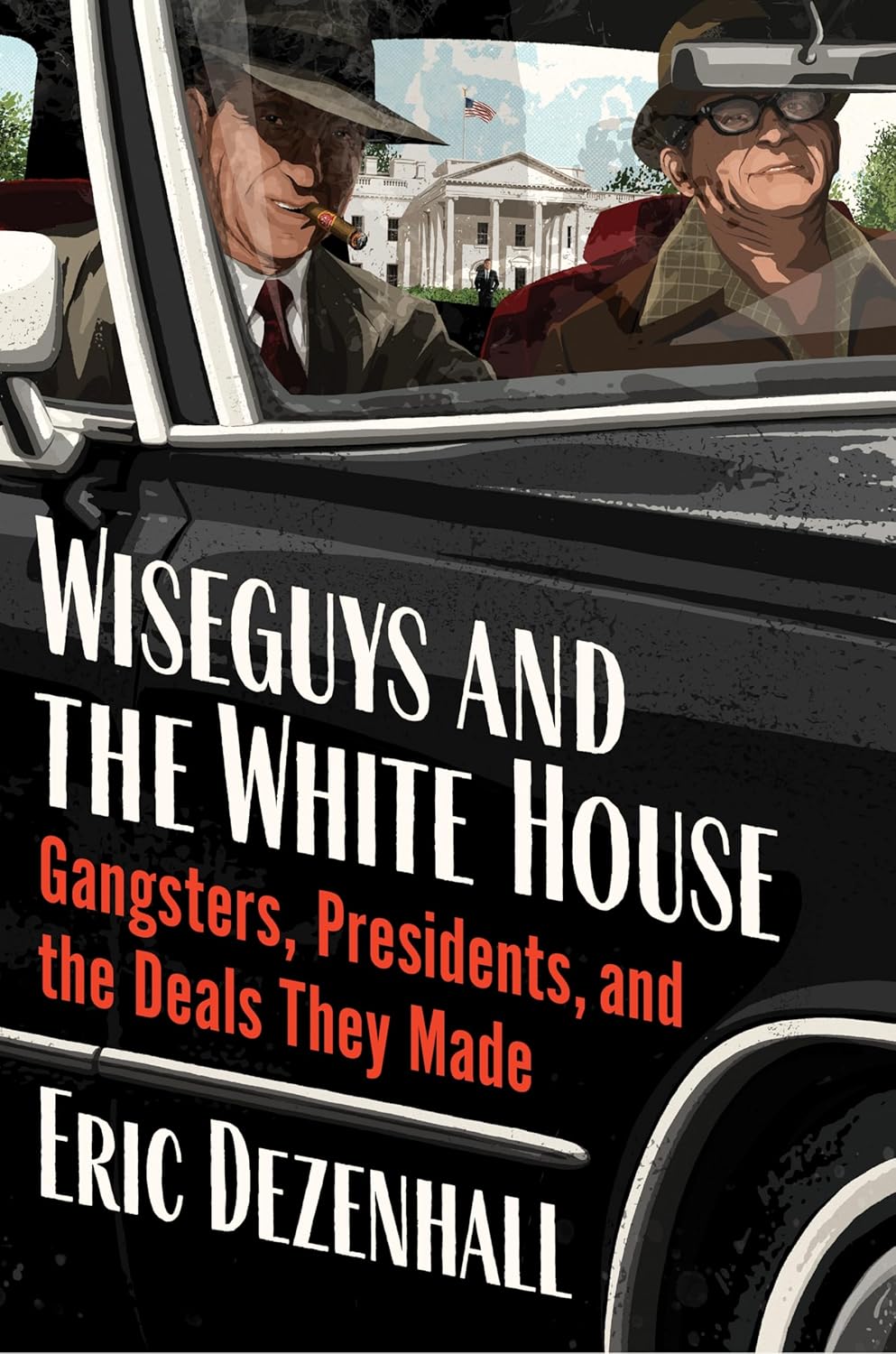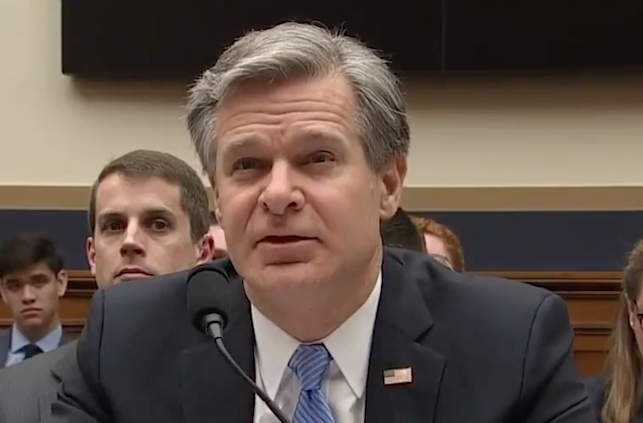Jim Freeman is the former special agent in charge of the San Francisco Office. Terry D. Turchie is the former assistant special agent in charge, UNABOMB Task Force. Donald Max Noel is a former supervisory special agent on the UNABOMB Task Force. The book is published by the History Publishing Company. It’s available on Amazon, Barnes & Noble and other outlets.
By Jim Freeman, Terry D. Turchie and Donald Max Noel
Five days after the Oklahoma City bombing, on April 24, 1995, a small mail truck pulled away from the Sacramento
offices of the California Forestry Association or CFA. Among the carrier’s mail delivery was a package wrapped in brown paper with a mailing label addressed to William N. Dennison, President of the CFA. However, Mr. Dennison was no longer associated with the CFA, so a clerical employee routinely placed the package on the desk of his successor, Gilbert Murray.
It was common to receive mail addressed to his predecessor, so Mr. Murray casually leaned over and picked up the package. He tore at the bindings to open it while unaware that a subtle sequence had begun inside a carefully crafted wooden box. A wooden dowel dislodged and dropped to release a spring-loaded switch that brought its two metal posts into alignment…a jolt of battery current rushed to overcome an ultra-thin wire initiator that instantly overheated and sparked…detonating a cache of explosive powders with a powerful blast sending projectiles of shrapnel on their deadly course. Mr. Murray was killed from massive and severe trauma. Minutes afterward, Terry was paged on the office intercom for an urgent phone call. It was SAC Ross in Sacramento. His voice
was controlled but shaken.
“Terry, we’ve had a bombing up here. Everything about it looks like the Unabomber. I need help as soon as you and Jim can get it to me.”
Terry promised that help was on the way and then put a call out for FBI Supervisor Patrick Webb to call into the SAC’s office. Pat Webb supervised a squad of counterterrorism agents in San Francisco and was a trained bomb expert who was intimately familiar with UNABOM crime scenes. Webb called just as Terry arrived and I put him on the conference speaker to update him on what had happened.
Terry spoke first. “Pat, I’m here with Jim. There’s a bombing in Sacramento at the California Forestry Association. I just got off the phone with Dick Ross and he’s closed down the crime scene. The president of the CFA was killed while unwrapping a package that was delivered in today’s mail.”
“We need you up there right away.” I added. “Our Evidence Response Team will meet you there. Dick Ross has asked for our help, so meet him at the crime scene and let us know what you need.”
Webb had worked on last year’s bombing in Tiburon and he was the right man for the job. With emergency lights flashing, he crossed the Bay Bridge and sped off toward Sacramento on Interstate 80.
When Webb arrived, Dick Ross and several of his agents were assembled with members of the Sacramento Police Department at a make-shift command post in a nearby fire station. Webb briefed them on the unique characteristics of the Unabomber’s devices and then accompanied a team of investigators into the CFA office for a preliminary look while awaiting arrival of the Evidence Response Team.
Mr. Gilbert Murray’s mutilated body remained where he had fallen. Lying about were scraps of the package. The walls remained intact, but pieces of broken furniture, wood splinters, and metal slivers were scattered over a wide radius. They were shocked at the deadly effects of what looked to Web like the Unabomber’s most
powerful bomb to-date.
Webb observed the telltale signs of the Unabomber—brown wrapping paper glued to a wooden box, filament tape securing the package, and batteries that were stripped of their outer surfaces. And Webb knew with a certainty after he came across a certain cross-pinned metal end plug matching one he had seen at another crime scene.
He went outside and phoned in his report. “I’m sitting on the curb in front of the California Forestry Association building with Dick Ross. He said to say thank you.”
Then Webb quietly described what he had seen and said the words we were expecting—”it was the Unabomber.”
“Okay. Keep the crime scene locked down until our Evidence Response Team arrives,” Terry replied.
Late the following day reports began to arrive of four handwritten letters the Unabomber had mailed and timed to arrive on the day after the murder of Gilbert Murray. And for the second time a letter was directed to Warren Hogue at The New York Times:
“This is a message from FC, 553-25-4394…
We have no regret about the fact that our bomb
blew up the “wrong” man, Gilbert Murray,
instead of William N. Dennison, to whom it was
addressed…It was reported that the bomb that
killed Gilbert Murray was a pipe bomb. It was
not a pipe bomb but was set off by a homemade
detonating cap…. The people we are out to get are
the scientists and engineers, especially in critical
fields like computers and genetics…. The FBI has
tried to portray these bombings as the work of an
isolated nut. We won’t waste our time arguing
about whether we are nuts, but we certainly are
not isolated…. Clearly, we are in a position to do a great deal of damage. And it doesn’t appear
that the FBI is going to catch us any time soon.
The FBI is a joke.”
Each letter was postmarked at Oakland. Two of these letters carried personal threats to recent Nobel Prize winners in scientific fields, Richard J. Roberts and Phillip Sharp. The other letter taunted a previous victim, Dr. David Gelernter who had been severely injured by a mail bomb that exploded the previous year in his office at Yale University. In a new touch of distain for the FBI, the return address of the Gelernter letter was Ninth St. and
Pennsylvania Ave., N.W., Washington, D.C. 20535; the location of the J. Edgar Hoover FBI Building.
“People with advanced degrees aren’t as smart as they think they are. If you had any brains you would have realized that there are a lot of people out there who resent bitterly the way techno-nerds like you are changing the world and you wouldn’t have been dumb enough to open an unexpected package from an unknown source.”
And for the first time, the Unabomber alluded to an offer “to desist from terrorism,” but only if future conditional instructions were carried out to publish a manuscript: “This is a message from the terrorist group FC…In a letter that we sent to the New York Times at the time of our bombing at the California Forestry Association, we offered to desist from terrorism if a manuscript we were preparing were published in accord with certain stated conditions.”
The murders of Gilbert Murray in Sacramento and Thomas Mosser in New Jersey affirmed that we faced a new and devastating threat—the Unabomber now possessed a lethal weapon that was easy to mail and capable of being placed in victims’ homes and offices without undue suspicion. Personally, I welcomed the news to expect an upcoming manuscript. The more he writes, the more we learn. Perhaps this new-found urge to communicate could be the beginning of the end. A crushing pressure to stop the Unabomber weighed heavily on the FBI at all levels, but nowhere more intensely than at the UTF.
As the days and weeks progressed there was an expectation that another bombing was imminent. We were determined to invent new methods that would work in unique ways, but our immediate challenge was the deluge of potential suspects being generated by the increased public concern and awareness after the Mosser and
Murray murders. More than ever, there was an urgency to grasp the proverbial needle from the haystack—find the one legitimate name from the thousands and thousands of potential suspects in an inventory that was growing larger and faster than ever.
“Terry, how far in the future is that magic moment that you’re working toward?” I asked hopefully. Terry picked up on the topic immediately. “The workload is going through the roof. I like that your media talks are keeping the
public informed and motivated to call-in with reports of possible suspects, but we’re barely keeping up. There’s also the issue of staffing up for computer-driven data comparisons. We’re close, or at least on the right track to achieving a drastically narrowed down suspect list.”
“You have my undivided attention. What’ve you got?” “It has been a start/stop process of big obstacles and small
victories. But progress, nonetheless.” Terry read an example from his notebook:
“For a test run, I asked for a list of names of male students and faculty at Northwestern University in 1978-79; and then which of those people showed up in Utah in 1980-1982 with a Utah driver’s license, vehicle registration, property record, or University of Utah affiliation or had a similar affiliation at UC-Berkeley in the early
1980’s.”
“No kidding” I said. “How big is that list?” “That first data run was modified somewhat and the result found dozens of individuals who were at Northwestern in 1978 who then transferred or moved to the out-of-state universities in
Utah or Northern California that were targeted or visited by the Unabomber between 1981 and 1985. We looked at those names and eliminated all of them quickly enough as suspects, but we’re finding that there is a surprising mobility of people between these areas. The biggest limiting factor is not having a reliable age range of the Unabomber. The project team looked at the likeliest age possibilities first and expanded through them all.”
I considered the possibilities with some skepticism but remained hopeful.
“Conceptually, that’s a good start. But there are so many variables in addition to the estimated age of the Unabomber. He might have attended Northwestern in 1978, or maybe he attended a neighboring school, or was a contract employee on campus without appearing on any university rolls. There’s a lot more to do if this is going to work.”
This led to another of our brainstorming sessions with productive ideas flying back and forth. Together, we took a stab at broadening the data search substantially:
At its core was the collection of large chunks of geographically
viable individuals in Chicago—i.e., males in age-based tranches
who were affiliated with one of the bomb-targeted universities in
Chicago in 1978 or 1979; and all similar individuals identified by
driver’s license data as residing in the surrounding areas during the same two years.
We were of a mind that the Unabomber’s name just might appear as a needle in that extremely large haystack. If that was indeed the case, we should be able to extract it by gathering similar data from locations in Utah and Northern California and cross-checking those lists with the Chicago data file. At the very least it would narrow the scope to a list of target-rich suspects and allow us to focus our agents on those with high potential. The Utah
and California schools would be the University of Utah in Salt Lake City, Brigham Young University in Provo, the University of California at Berkeley, and the University of California at San Francisco.
And the big payoff for eliminating or validating a suspect as the Unabomber would be the litmus test of matching a suspect’s whereabouts against the timeline of the Unabomber’s known whereabouts on specific dates and places when he personally mailed or placed his bombs at target locations. It felt good to speak in positive concepts of what might be possible and not always be reacting to the Unabomber but grabbing the reins for control. I committed to Terry that I would call Deputy Director Bill Esposito to give him the details of our computer project and request a boost of UTF personnel and computer resources to get it done.
Perhaps another answer would come from Quantico. Our longstanding request for supplemental behavioral support from Quantico was finally acted upon. FBI Special Agent Jim Wright, our contact at the National Center for Analysis of Violent Crime, came to the UTF with a rookie profiler in tow named Jim Fitzgerald, who had been a Philadelphia police officer before becoming an FBI agent. His boyish appearance and soft-spoken manner concealed a
gruff and seasoned street cop interior.
Terry liked that he was quiet and soft-spoken while Max was pleased to find a street cop turned profiler. Kathy liked him because—as she said later— “he’s easy to look at.” Fitzgerald said he only wanted to support the UTF and be a
team player. At our next UTF leadership meeting, we heard a report from lead Postal Inspector Don Davis. One hundred fifty postmasters and supervisors had been briefed regarding the Mosser and Murray package characteristics and his postal inspectors had prepared a training video for employee viewing at every post office. Davis felt it was possible that they could identify the post offices where the package bombs had been mailed.
Terry’s eyes lit up.
“What if we put twenty-four-hour camera surveillance at those locations? Maybe we can catch the Unabomber
in action if he uses them again.”
Davis responded quickly. “I’ve already checked, and we don’t have the equipment or money to make that happen.”
I agreed to add that item to my pending phone call to Deputy Director Esposito to see if the Bureau would pay for the camera surveillance at key postal facilities in the Bay Area. And if we were lucky enough to intercept a bomb in the mail, could the FBI find a way to safely dismantle and preserve it for evidence? When I completed the call to Esposito, I found him receptive to supporting each of my requests.
However, in UNABOM, good news is often fleeting and that was soon the case. I received a very disturbing call late in the day from the San Francisco Chronicle. It was about a new threat. I immediately put out a locate call for Terry to return to the office garage where I would meet him. We arrived there at nearly the same time and I told him, “The
San Francisco Chronicle received a letter from FC, and they want us to come there to speak with executive management. It involves a threat to harm an aircraft in flight.”
At the the Chronicle, the managing editor turned over a letter that bore the address of Frederick Benjamin Wood, 549 Wood Street, Woodlake, CA 93286. We saw the crude attempt at humor in the wording of the return address — an acronym for the FBI and more examples of the Unabomber’s fascination with “wood.” It was not funny and the letter inside was even less so.
“The terrorist group FC is planning to blow up an airliner out of Los Angeles International Airport some time during the next six days.“






